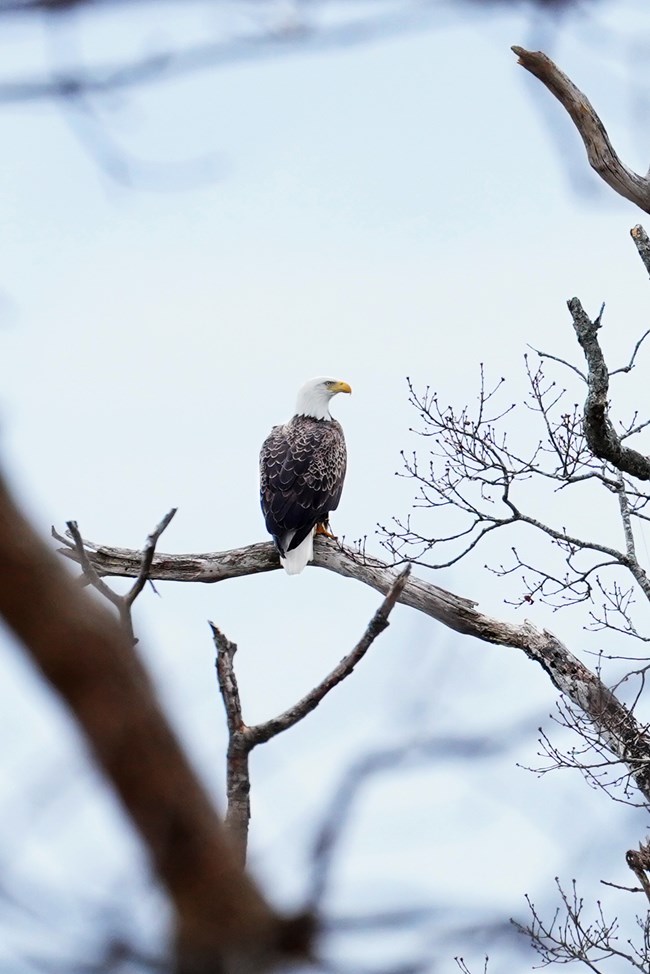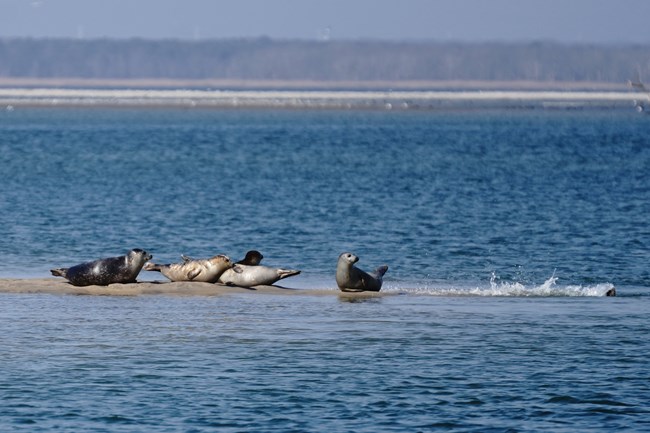
NPS/Sucena If You Care, Leave Them There
Report a Sighting
Injured Wildlife within Fire Island CommunitiesNew York State Department of Environmental Conservation Stranded Marine Animals (Whales, Dolphins, Sea Turtles)New York State 24-hour Stranding Hotline Injured Wildlife at National Park Service Sites on Fire Island (Fire Island Lighthouse, Sailors Haven, Watch Hill, or Wilderness)Fire Island National Seashore Dispatch 
NPS/Sucena 
NPS/Sucena Why You Shouldn't Feed Wildlife
Do not feed wildlife. Feeding wildlife can change their natural behaviors. This is even true of inadvertent food sources like garbage or unsecured food items. Gulls, for example, can become "food-conditioned" and may look for food near snack bars or garbage cans. Food-conditioning can lead to undesirable and potentially unsafe human-wildlife interactions. For example, wild animals that visit a food source in groups are at greater risk of predation and disease. Food-conditioned wildlife may also be more likely to become entangled in fencing, approach us, or be struck by a vehicle when in search of food. When alarmed, a wild animal may scratch, kick, or bite, and injure those who come too close. Be sure to maintain a safe distance when viewing wildlife. How You Can Help:

NPS Photo/Ke Qiang Ruan, 2015 Fire Island Photo Contest Entry |
Last updated: August 11, 2022
